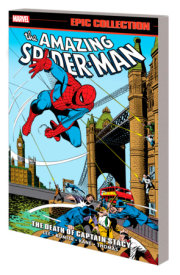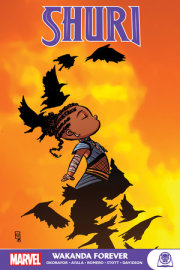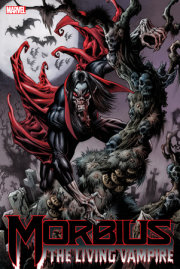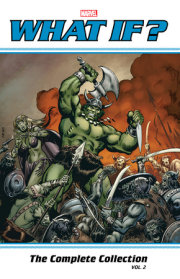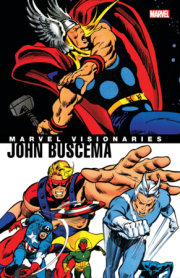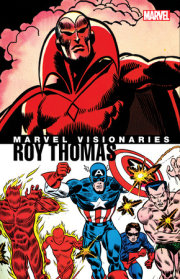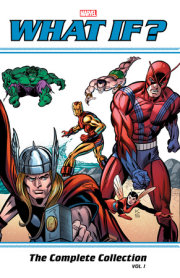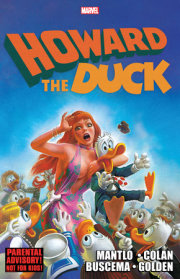Roy Thomas joined the Marvel Bullpen as a writer and editor under Stan Lee, scripting key runs of nearly every title of the time: Amazing Spider-Man, Avengers, Daredevil, Doctor Strange, Sub-Mariner, Thor, X-Men and more. He wrote the first 10 years of Marvel’s Conan the Barbarian and Savage Sword of Conan; and launched such series as Defenders, Iron Fist, Invaders and Warlock. At DC, he developed All-Star Squadron, Infinity Inc. and related titles, proving instrumental in reviving the Golden Age Justice Society of America. Thomas later became editor of Alter Ego, a magazine devoted to comic-book history, and co-scripted the sword-and-sorcery films Fire and Ice and Conan the Destroyer.
Larry Lieber helped introduce Ant-Man in Tales to Astonish, Iron Man in Tales of Suspense and Thor in Journey into Mystery. He also wrote Human Torch solo stories for Strange Tales. In 1968, he and his brother, Stan Lee, collaborated on the pivotal Amazing Spider-Man Annual #5, which revealed the secret of Peter Parker’s parents. Lieber both wrote and drew runs on Marvel’s top Western titles: Kid Colt Outlaw, Rawhide Kid and Two-Gun Kid. Later, he scripted Marvel UK’s Captain Britain, also contributing occasional covers.
Gerry Conway wrote Daredevil, Incredible Hulk, Iron Man and others. He was instrumental in Marvel’s 1970s horror boom with work on Man-Thing, Tomb of Dracula and Werewolf by Night. His years on Amazing Spider-Man yielded such historic highlights as the groundbreaking death of Gwen Stacy and the debut of the Punisher. He also wrote DC’s Batman, Superman, Wonder Woman and Legion of Super-Heroes. For TV, he has written and produced episodes of Diagnosis: Murder, Hercules: The Legendary Journeys, Huntress and Matlock.
John Buscema (1927-2002) literally wrote the book on being a Marvel artist — namely, How To Draw Comics the Marvel Way — and few were better qualified. His career dated back to the Timely/Atlas era of the late ’40s and early ’50s. Soon after beginning the Marvel Age of Comics, Stan Lee recruited Buscema from the advertising field to the Marvel Bullpen. Buscema followed a long run on Avengers with the long-anticipated first Silver Surfer series. He subsequently succeeded Jack Kirby on Fantastic Four, Thor and other titles. By the time of his retirement in 1996, Buscema had penciled nearly every Marvel title — including his personal favorite, Conan the Barbarian.
After a start as inker to his older brother John, Sal Buscema penciled Captain America, Defenders, Incredible Hulk and more. Famed for his ability to meet tight deadlines, he spread his talents across multiple genres. His 1970s work ranged from Ms. Marvel and Nova to Sub-Mariner and Spider-Woman’s first appearance in Marvel Spotlight. He was the uninterrupted artist on Spectacular Spider-Man for more than one hundred issues and penciled the web-slinger’s adventures in Marvel Team-Up, in which he and writer Bill Mantlo introduced Captain Jean DeWolff. After handling more team-ups in the Thing’s Marvel Two-in-One, he reunited with brother John on Steve Englehart’s Fantastic Four. He later provided inks for Tom DeFalco’s Spider-Girl titles and Thunderstrike miniseries.
The unique, shadowy style of Gene Colan (1926-2011) most memorably appeared in long stints on Captain America and Daredevil, and all 70 issues of Tomb of Dracula — among the dozens of other Marvel titles he has drawn. His DC work on Detective Comics and Night Force is equally well remembered. During the Golden Age, he drew multiple war stories for Marvel and DC alike. Colan has earned several Eagle Awards and had professional art showings in New York City. His work on Ed Brubaker’s Captain America at the age of 82 drew well-deserved raves.



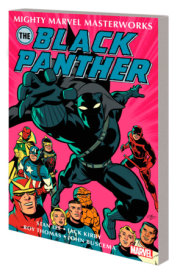
![MARVEL MASTERWORKS: THE SILVER SURFER VOL. 1 [REMASTERWORKS]](https://images.penguinrandomhouse.com/cover/9781302956042?width=180)
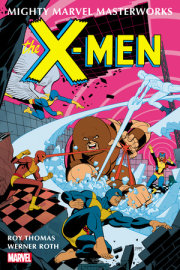

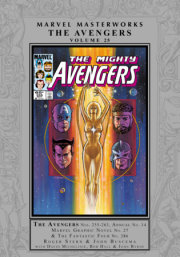
![SILVER SURFER OMNIBUS VOL. 1 JOHN BUSCEMA FIRST ISSUE COVER [NEW PRINTING 2]](https://images.penguinrandomhouse.com/cover/9781302963583?width=180)
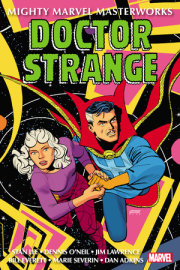
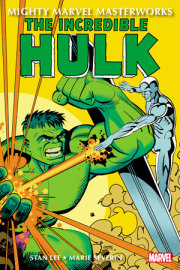
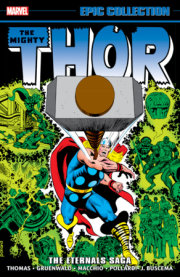
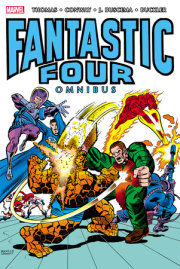
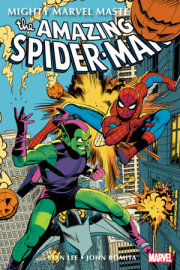
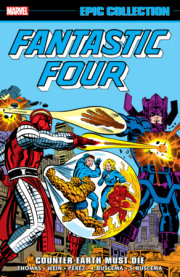
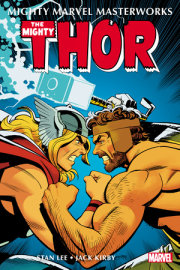


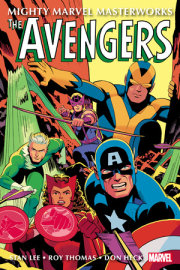
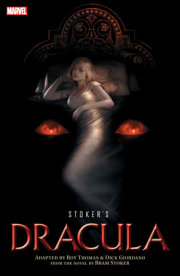
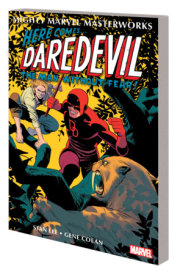
![CAPTAIN AMERICA OMNIBUS VOL. 1 [NEW PRINTING 2]](https://images.penguinrandomhouse.com/cover/9781302957995?width=180)
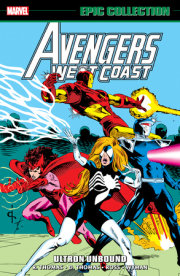
![X-MEN EPIC COLLECTION: CHILDREN OF THE ATOM [NEW PRINTING 2]](https://images.penguinrandomhouse.com/cover/9781302957834?width=180)
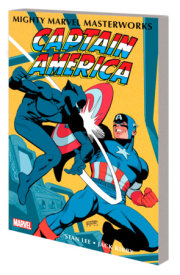
![AMAZING SPIDER-MAN EPIC COLLECTION: THE SECRET OF THE PETRIFIED TABLET [NEW PRINTING]](https://images.penguinrandomhouse.com/cover/9781302957810?width=180)
![DAREDEVIL EPIC COLLECTION: A WOMAN CALLED WIDOW [NEW PRINTING]](https://images.penguinrandomhouse.com/cover/9781302957933?width=180)
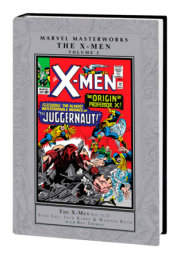
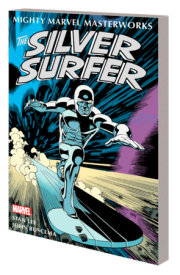

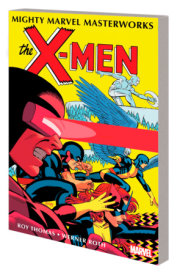
![THE AVENGERS OMNIBUS VOL. 4 [NEW PRINTING]](https://images.penguinrandomhouse.com/cover/9781302953621?width=180)

![THE AVENGERS OMNIBUS VOL. 3 [NEW PRINTING]](https://images.penguinrandomhouse.com/cover/9781302953607?width=180)
![AVENGERS EPIC COLLECTION: THIS BEACHHEAD EARTH [NEW PRINTING]](https://images.penguinrandomhouse.com/cover/9781302950521?width=180)
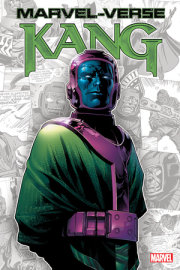
![THE AVENGERS OMNIBUS VOL. 2 [NEW PRINTING]](https://images.penguinrandomhouse.com/cover/9781302953560?width=180)

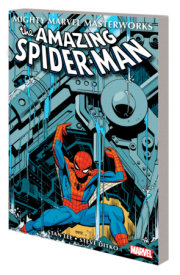

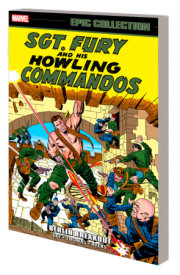
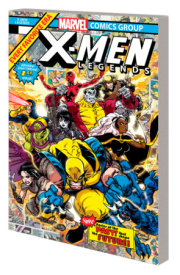
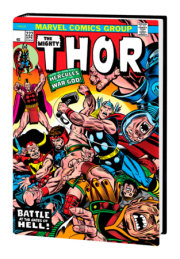
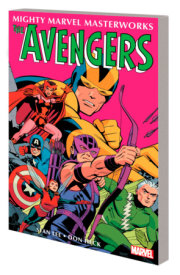

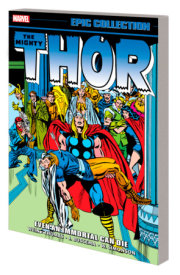
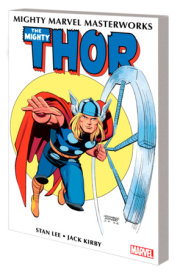
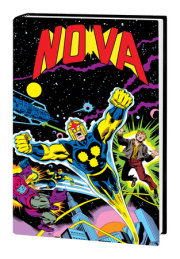
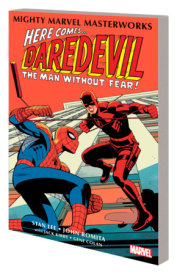
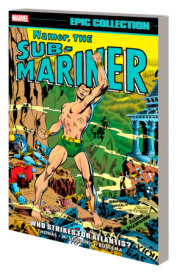
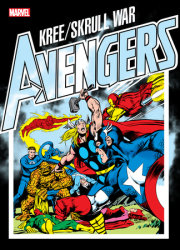
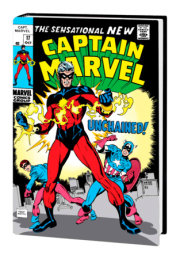

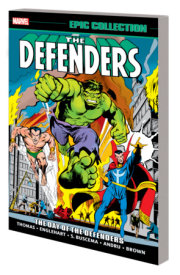
![IRON FIST EPIC COLLECTION: THE FURY OF IRON FIST [NEW PRINTING 2]](https://images.penguinrandomhouse.com/cover/9781302946883?width=180)
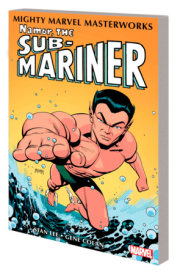
![WOLVERINE OMNIBUS VOL. 2 [NEW PRINTING]](https://images.penguinrandomhouse.com/cover/9781302945138?width=180)
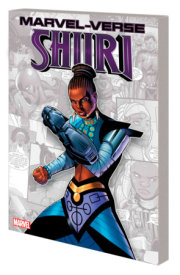
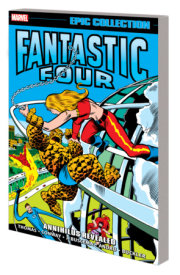
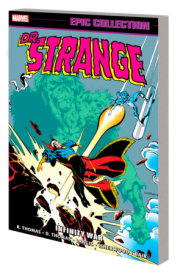
![THE X-MEN OMNIBUS VOL. 2 [NEW PRINTING]](https://images.penguinrandomhouse.com/cover/9781302933739?width=180)
